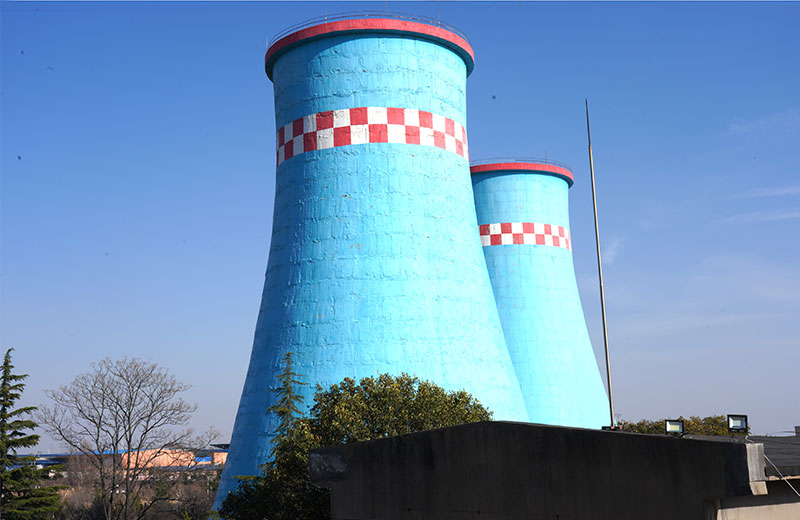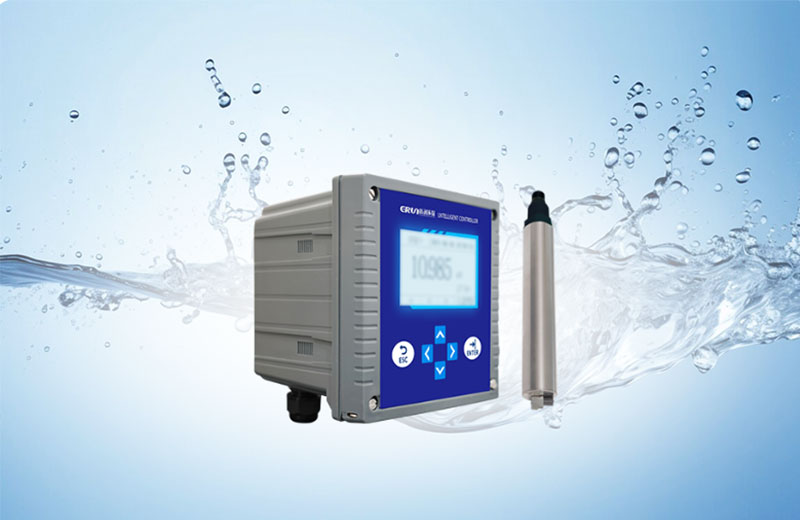Chloride ions (Cl⁻) are common anions in water, impacting taste, equipment longevity, and ecosystems. Accurate measurement is essential for water quality management. This article explores whether chloride ion meters can precisely detect chloride content, focusing on ERUN’s online chloride ion meter ERUN-SZ4-A-C4 and portable chloride ion meter ERUN-SP8-ASC-C4 , supported by real-world cases and national standards.

Chloride ion meters, often using ion-selective electrode (ISE) technology, provide rapid and accurate measurements. Studies show high-quality meters, when properly calibrated, achieve accuracy within ±5%. ERUN’s meters demonstrate this precision:
- ERUN-SZ4-A-C4: ±5% FS, range 0-2000 mg/L, ideal for continuous industrial monitoring.
- ERUN-SP8-ASC-C4: ±5% or ±0.2 mg/L (whichever is greater), range 3-1000 mg/L, suited for field testing.

Chloride ions originate from natural geological sources, industrial discharges, or seawater intrusion. High levels can cause:
- Drinking Water Issues: Levels above 250 mg/L impart a salty taste (EPA Secondary Standards).
- Industrial Damage: Corrosion of pipelines and boilers (ASTM D512).
- Environmental Harm: Soil salinization and ecosystem disruption (USGS).
Accurate chloride measurement ensures water safety and equipment protection.
Common methods include:
1. Titration: Silver nitrate reacts with chloride to form a precipitate; accurate but time-consuming (Clemson University).
2. Ion Chromatography: High precision but costly, best for labs (MDPI).
3. ISE: Fast, user-friendly, and suitable for both lab and field (Vernier).
ERUN’s meters use advanced ISE technology for reliable, user-friendly measurements.

1. Drinking Water Treatment: A water treatment plant used ERUN-SZ4-A-C4 for continuous monitoring, ensuring chloride levels below 250 mg/L, reducing corrosion risks (EPA-compliant).
2. Industrial Wastewater: A chemical plant employed ERUN-SP8-ASC-C4 for rapid on-site testing, ensuring compliance with environmental regulations.
3. Environmental Monitoring: Coastal regions used ERUN meters to assess seawater intrusion, aiding water resource management.
These cases highlight the meters’ precision and versatility.
ERUN’s meters are designed to meet these standards, ensuring accurate and comparable results.
Chloride ion meters, when properly calibrated, can accurately measure chloride content in water. ERUN’s ERUN-SZ4-A-C4 and ERUN-SP8-ASC-C4 excel in precision, range, and applicability, meeting ASTM D512 and GB/T 5750.5-2006 standards. These meters support drinking water safety, industrial processes, and environmental protection, making them ideal for water quality management.
Product Links
- [Online Chloride Ion Meter ERUN-SZ4-A-C4]
- [Portable Chloride Ion Meter ERUN-SP8-ASC-C4]
If you meant translation into another language (e.g., Spanish, French) or a specific adjustment, please provide details, and I’ll generate the appropriate version promptly.